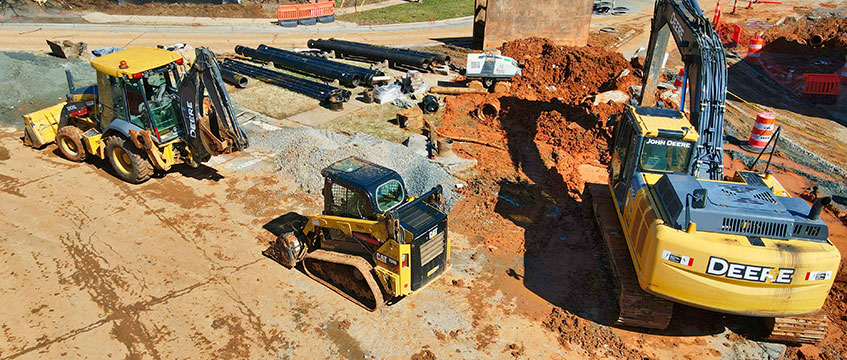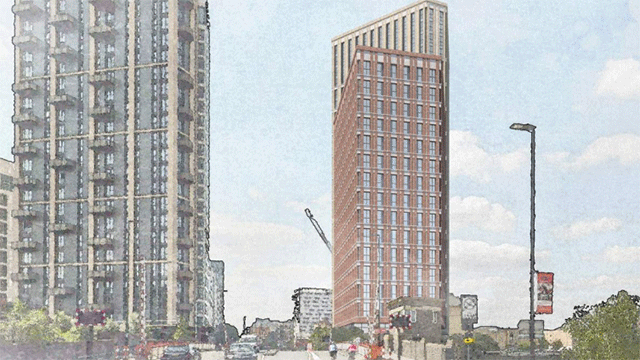Some £1.6tn of UK infrastructure projects face a funding shortfall of at least £700bn by 2040 without significant government investment, according to analysis by EY.
The Mind the (Investment) Gap report attributes the shortfall to economic headwinds driving up the costs of capital projects, as well as the extensive investment needed to meet the UK’s long-term priorities in a number of areas. These range from new road and rail projects to decarbonising public buildings and funding social infrastructure such as hospitals and schools.
Producer price inflation, a key indicator of manufacturer and infrastructure costs, peaked at 24.4% in 2022, meaning a project undertaken in 2016 was already 46% more expensive by 2022.
In addition, UK debt interest payments have increased threefold from £38bn in 2019-20 to £104.7bn, reducing the amount of spending available under the government’s current fiscal rules.
The EY analysis found that if the UK maintains historical levels of capital spending up to 2040, while adhering to its current fiscal rules capping borrowing and debt, it would be in line to commit £1.8tn in capital spending over the next 15 years.
However, the report identifies another £1.6tn of projects and programmes currently unfunded by 2040, only half of which would be covered by the government, based on historic spending patterns. This would leave a potential shortfall of at least £700bn.
Future issues, such as project cost overruns, could increase the size of the shortfall further.
EY predicts almost £1tn could be added if cost overruns continue at the same rate over the next 15 years, while additional geopolitical tensions would add another £390bn due to inflation and increased defence spending.
Mats Persson, partner at EY Parthenon, said: “Almost every Western country is facing a growing gap between the capital investment needed to meet green, economic and strategic priorities, and the amount governments can afford to spend. Plugging this gap will require the entire value chain, from policymakers through to developers and investors, to urgently come together to find alternative sources of capital and utilise new technologies to bring down the cost of these projects.”
The report highlights the benefits of using new technologies to increase the efficiency of projects, for example by using AI to produce accurate cost analyses and highlight saving opportunities.
It predicts AI could reduce the average cost of a capital project by 10-15% through efficiency improvements, creating £158bn in savings across UK infrastructure development pipeline by 2040.
Sayeh Ghanbari, business consulting leader at EY, said: “Infrastructure projects have traditionally been slow to incorporate new technologies, even in areas where it’s widely accepted as best practice. Unless the infrastructure sector significantly accelerates its adoption of productivity-enhancing tech, the eventual spending shortfall could delay or even prevent the completion of critical, national priority capital projects. The acceleration of AI presents an opportunity for the sector to reverse this trend.”
Photo by Gene Gallin/Unsplash
Send feedback to Dominic Plaskota
Follow Estates Gazette











